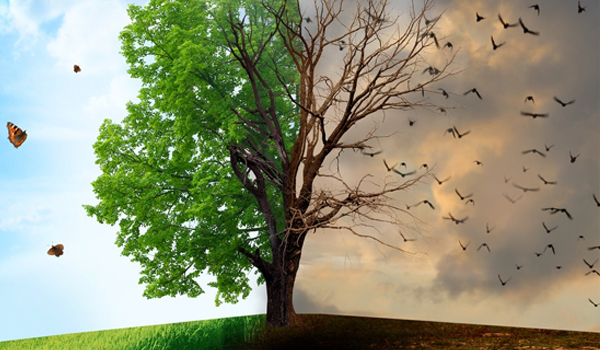L0ndon, Jan 14 (IANS) Human-induced climate change has already increased the risk of wildfires globally, researchers say, adding that these wildfires will become more common in future.
In light of the Australian fires, researchers from the University of East Anglia, Met Office Hadley Centre, University of Exeter and Imperial College London have conducted a Rapid Response Review of 57 peer-reviewed papers published since the IPCC’s Fifth Assessment Report in 2013.
All the studies show links between climate change and increased frequency or severity of fire weather – periods with a high fire risk due to a combination of high temperatures, low humidity, low rainfall and often high winds – though some note anomalies in a few regions.
“Wildfires can’t be prevented, and the risks are increasing because of climate change. This makes it urgent to consider ways of reducing the risks to people,” said study researcher Iain Colin Prentice from Imperial College London.
Rising global temperatures, more frequent heatwaves and associated droughts in some regions increase the likelihood of wildfires by stimulating hot and dry conditions, promoting fire weather, which can be used as an overall measure of the impact of climate change on the risk of fires occurring.
Observational data, published on ScienceBrief, shows that fire weather seasons have lengthened across approximately 25 per cent of the Earth’s vegetated surface, resulting in about a 20 per cent an increase in global mean length of the fire weather season.
“Overall, the 57 papers reviewed clearly show human-induced warming has already led to a global increase in the frequency and severity of fire weather, increasing the risks of wildfire,” said study lead author Matthew Jones from the University of East Anglia.
“This has been seen in many regions, including the western US and Canada, southern Europe, Scandinavia and Amazonia. Human-induced warming is also increasing fire risks in other regions, including Siberia and Australia,” Jones added.
“However, there is also evidence that humans have significant potential to control how this fire risk translates into fire activity, in particular through land management decisions and ignition sources,” Jones said.
At the global scale, burned area has decreased in recent decades, largely due to clearing of savannahs for agriculture and increased fire suppression.
In contrast, burned area has increased in closed-canopy forests, likely in response to the dual pressures of climate change and forest degradation.
“Fire weather does occur naturally but is becoming more severe and widespread due to climate change. Limiting global warming to well below 2 degree celsius would help avoid further increases in the risk of extreme fire weather,” said study researcher Richard Betts.




